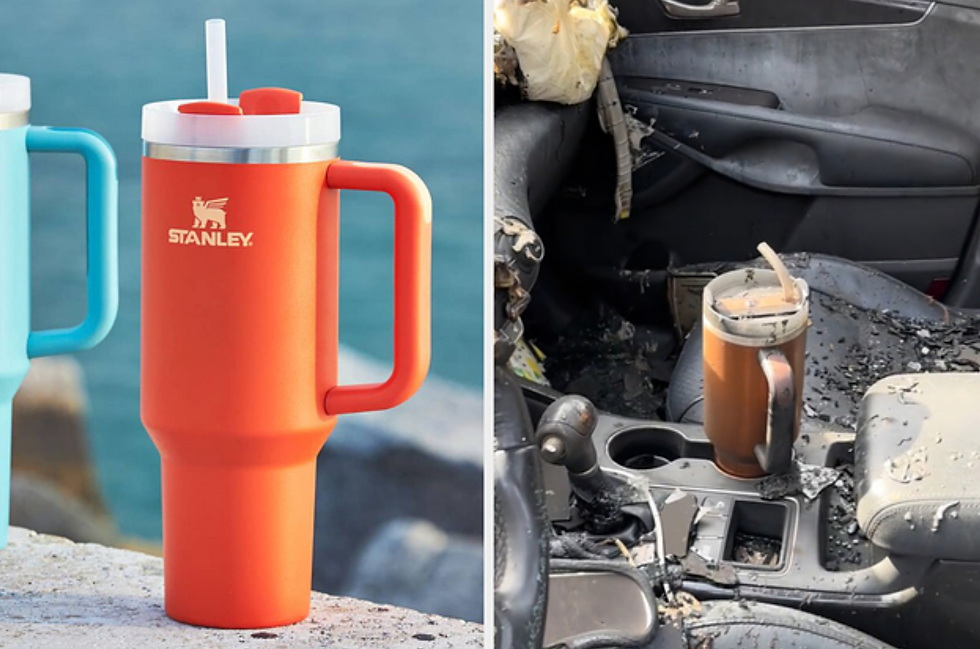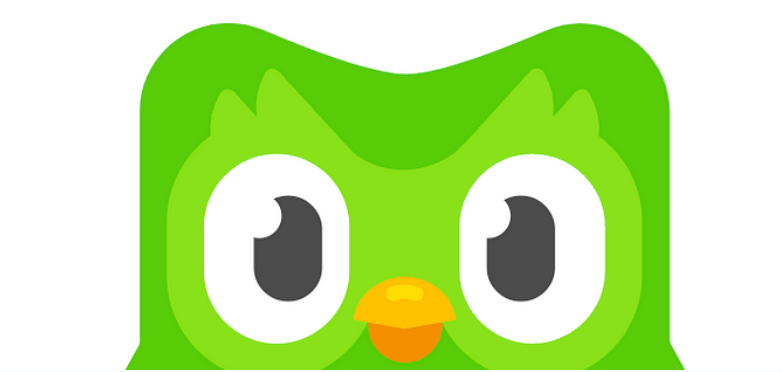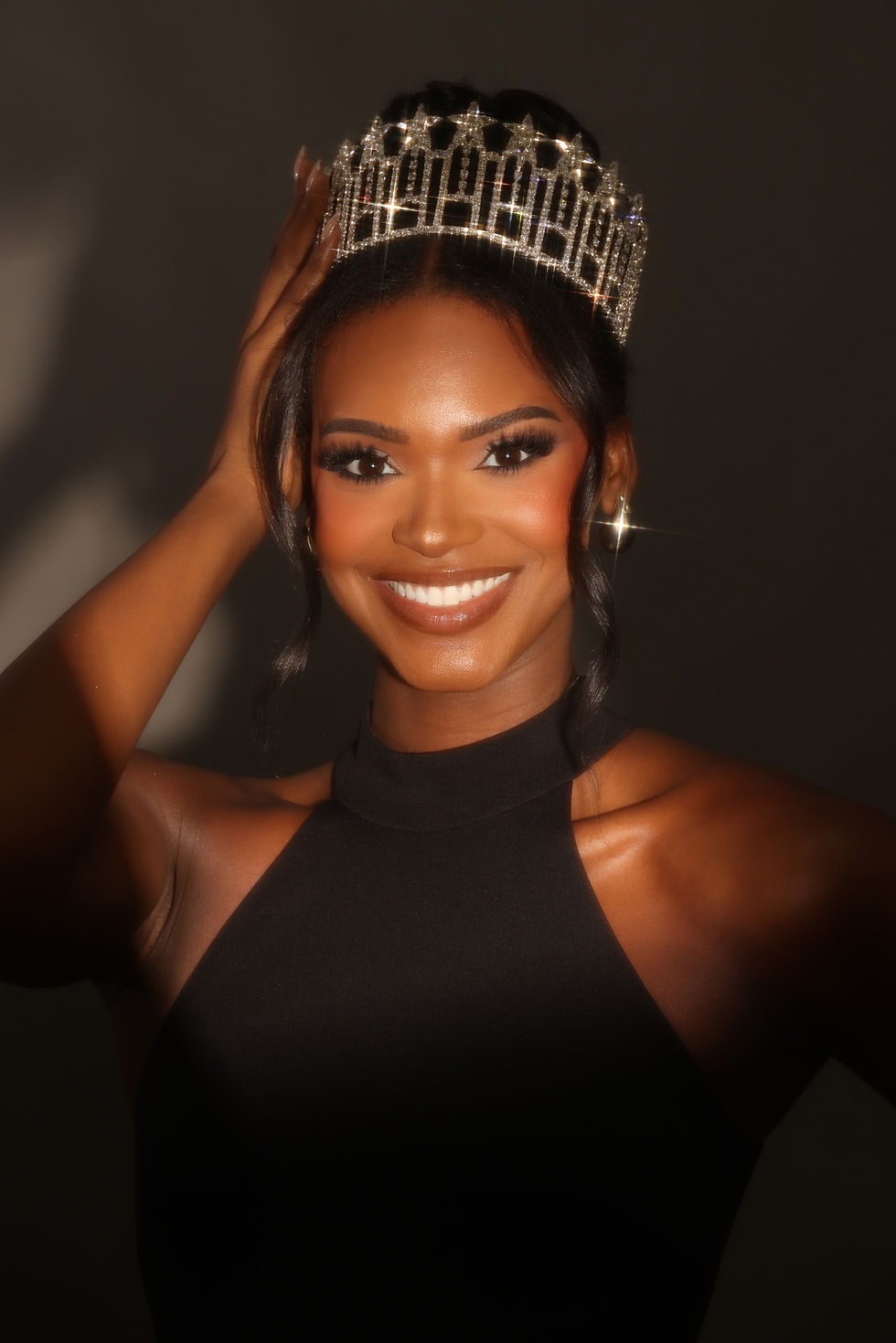Disruptive Brands in an Attention Economy: Case Studies
- Emma Reilly
- Apr 30, 2024
- 7 min read
How many ads do you think you see every day? Fifty? One hundred? By some estimates, that number is now much higher. While it seems absurd, most of these ads (deliberately or accidentally) end up flying under your radar, some so imperceptible that it’s as though you never saw them in the first place, others biding their time in your memory, waiting for you to start humming their jingle a few hours later or recognizing their brand logo the next time you enter a grocery store. It’s possible that in the year 2024, the average person sees anywhere from 4,000-10,000 ads per day. How in the world can brands break through the clutter and earn people’s attention when there is so much competition for even a quick jolt of brand recognition?
According to Forbes, all brands have four main challenges to fight the battles the attention economy has created: “staying consistent, differentiating against competition, continuity of customer experience, and keeping themselves top of mind.” The pandemic sped up the evolution of advertising from traditional methods to new, innovative ways to capture the attention of those who were stuck at home and interacting with brands from their couch rather than the store. CTV and digital advertising grew exponentially – especially short-form social media videos on platforms like TikTok, which took off as a way for a younger audience to connect with others and kill their newfound free time. The saying, “necessity is the mother of invention,” rings true. All brands were forced to adapt, and some used their creativity to their advantage, paving the way for post-pandemic staples that otherwise wouldn’t have shined so brightly.
Liquid Death
Jonathon Spalding, creative director at Cornett in Lexington, Kentucky, named Liquid Death as the first brand that came to mind as one that cut through the clutter to differentiate itself from other brands. While its product is simply canned water, the brand itself is “built to be disruptive,” said Spalding. Liquid Death is now valued at over $1.4 billion as of March 2024, a staggering amount for a brand that is “just water” and has only been around since 2017. And, according to Spalding, all of its advertising and branding efforts are completed in-house, as opposed to outsourcing to an advertising agency, which is uncommon for a brand of this scale and especially for one with such newfound success.
Part of the reason for Liquid Death’s immediate triumph as a brand concept likely comes from CEO and founder Mike Cessario’s background in advertising, as opposed to business and finance, as many major CEOs are today. The same is true for Stanley, a legacy reusable beverage cup brand that has exploded and become an ongoing trend under new leadership in the last several years. Cessario was a creative director before moving on to start his own company, so he understands the value of capturing attention with key differentiators. He built Liquid Death to be an “entertainment company first.”
“We don’t want to make marketing. We want to make people laugh. And we want to be the funniest thing in someone’s feed for the day. That’s our goal,” he said in an interview with Forbes. In fact, “We’re making fun of the s----- corporate marketing that everyone hates,” Cessario said. “People now spend $10 a month for ad-free services because they have no entertainment value. We’re making fun of marketing with our brand.”
Liquid Death is not only doing its job well, but also serving a larger, more intentional purpose. The cans for the water are not just made to be trendy and reminiscent of alcoholic beverage brands, but also to do good. It decided to become the first (and only) canned water brand for a reason. While only four of the 80,000 different types of the world’s plastic are recyclable, aluminum cans are infinitely recyclable. On top of that, Liquid Death donates a portion of its sales to fight plastic pollution (much of which is caused by other plastic water bottle brands).
But what does Liquid Death do that makes it stand out so well among the throes of other water brands? It’s a combination of the brand’s look and feel and its non-traditional, digital-focused marketing tactics. Cessario was inspired by the live music scene after learning that some musicians who choose to drink water on stage prefer to pour it into an energy drink can due to embarrassment and sponsorship requirements. He created a can that is indistinguishable from a beer can or energy drink, creating a psychological effect that reduces the stigma around those that elect not to drink, but still want to join in on a night out with their friends that are all drinking. Its biggest market is the live entertainment industry, with Live Nation as one of its longtime investors. It is also riding the wave of the “sober-curious” trend, where people are drinking less alcohol and considering alternative beverages instead as a way to be healthier.

The best part about Liquid Death is that it doesn’t take itself too seriously, like in this series of social media ads highlighting negative commentary from presumably conservative, older consumers who are upset with the brand. This tactic works perfectly for the brand’s target audience, who are edgy teens and young adults who love live rock music and do everything they can to rebel against the mainstream. Liquid Death identified its niche audience and worked to carve its way into their lives – they listened when the brand told them to “murder your thirst.”
Stanley
Terrence Reilly, the newest president of Stanley, has made a name for himself by taking legacy brands with negative notoriety and a bland image and turning them into hot commodities. He was the previous CMO of Crocs, and by the end of his tenure, he had skyrocketed the brand’s success and identity from a “chunky, holey, styrofoam-like” shoe into a beloved and recognizable staple focused on self-expression. When he started the job, Crocs was valued at only $13 a share, but after he left for Stanley in 2020, the brand reached its peak at $180 a share. This was due to several key collaborations and an increased social media presence that turned its initial bad recognizability into something good.
Reilly did the same thing after stepping in as Stanley’s president, quickly turning the century-old niche brand into something that is recognizable, culturally relevant, and desirable for a new generation. His strategies took the brand from a static $70 million in annual sales to $750 million in 2023. The most impactful thing he did? Simply adding bright new colors to its tumblers. This immediately switched the brand’s perception from one that caters to its same-old, same-old audience of blue-collar workers to young women looking for something trendy, collectible, and limited, making it more sought after and a source of personality and individualism. The Quencher tumbler has now been released in over 100 colors, with some customers purchasing nearly 50 different cups to fit their moods and styles.

Reilly made himself and the brand more personable in 2023 through its stitched social media presence. In November, a TikTok user named Danielle posted a video of her car after a fire, and when she went to examine the wreckage, she found her Stanley cup inside, completely unscathed and still with the recognizable tinkling of ice inside. Stanley’s official account stitched the video and circulated it on its own platforms with a message – the brand would be replacing Danielle’s car with a brand-new one, just for sharing the durability of her Stanley cup that earned the brand loads of free earned attention. The original video now has over 95 million views, and Stanley has a large audience of lifetime fans for showing how they care for their loyal customers.
Duolingo
Duolingo’s quick growth came in the form of social media and digital marketing only. For years, Duolingo’s green owl mascot, Duo, has been a hilariously unhinged face for the app, with jokes on (then) Twitter going viral about its intimidating reminders to complete daily lessons – like a manufactured screenshot of someone’s notifications screen showing a push from Duolingo: “Looks like you forgot your Spanish lesson again. You know what happens now!” followed by a security alert: “Intruder alert (back door). Proceed with caution.”

The decision to turn Duo into a cultural icon for Gen Z was not a calculated one. In 2021, 23-year-old Zaria Parvez, the brand’s junior social media coordinator, simply asked if she could start posting videos to the brand’s TikTok account. She leaned into the unhinged nature of Duo, and every video included the mascot in some absurd scenario, like pining over singer Dua Lipa or getting a BBL as part of a Super Bowl promotion. One of the smartest ways she integrated Duo into the mainstream so successfully is by staying relevant on cultural trends, not just posting owned content or paid ads, but also commenting on other users’ videos and responding to comments on its own videos. For example, under a TikTok comment that says, “duo what’s your opinion on google translate?” Duolingo’s official account simply replied, “hate her.”
This absurdist humor is one that’s become more common since the pandemic, but most brands have only recently started doing it successfully. Absurdist humor generates buzz not like traditional comedy, which appeals to logic, but by embracing the illogical. It’s bizarre, ridiculous, and unlike most other ads or entertainment you will find on any medium, making it instantly cut through the clutter if executed well. This type of humor is most popular on TikTok, which is viewed and posted on by mostly Gen Z. TikTok is an app they use as a form of escapism from the larger stressors in their lives, including the pandemic, so it’s where they turn to find an outlet to sit back and simply let themselves be entertained.
From reinventing legacy brands to finding a niche audience to develop new ones, some understand their target audiences better than others and find ways to reach them that bring in attention from fans and naysayers alike. By leaning into trends and becoming culturally relevant for a new age with just a hint of controversy, brands are able to make a (new) name for themselves and bridge the gap from brand recognition to brand love.
References
https://www.forbes.com/sites/tomward/2022/11/23/mike-cessario-is-a-marketing-genius/?sh=21f47ee459c3
https://marcom.com/liquid-death-making-a-dumb-idea-profitable-with-great-branding/
https://www.newyorker.com/culture/infinite-scroll/how-the-stanley-cup-went-viral
https://www.contagious.com/news-and-views/duolingo-social-media-marketing





Comments